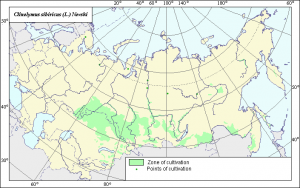This just in.
International training programme on contemporary approaches in genetic resources conservation and use
Wageningen, The Netherlands, 6 April–1 May 2009
Wageningen International and the Centre for Genetic Resources, the Netherlands (CGN), in cooperation with Bioversity International and GFU for Underutilized Species are organizing a four-week training programme on genetic resources conservation and use.
The training programme is designed for project co-ordinators, senior staff, managers, trainers, programme leaders and other professionals who aim to promote the conservation and use of genetic resources for agriculture from a policy, research, education or development perspective. The programme consists of four two-week modules, organized in parallel sessions:
- Genetic resource policies and conservation strategies, 6–17 April
- Adaptive genetic resources management, 6–17 April
- Enhancing agrobiodiversity use: markets and chains, 20 April–1 May
- Integrated approaches in crop improvement and seed supply, 20 April–1 May
The programme is part of the annual course portfolio of Wageningen International. With the Global Plan of Action on Animal Genetic Resources having come into force in 2007, new is that the training programme will address plant as well as animal genetic resources. The latter will be specifically addressed in module 3 from a conservation perspective, and in module 4 from a sustainable use perspective. To this end, programme modules addressing plant and animal issues specifically will be run in parallel. Also the module on integrated approaches in crop improvement and seed supply is new.
Please find more details on the programme, and a link to the application form on the Wageningen International website.
Fellowships are available from the Netherlands Fellowship Programme (NFP) for nationals of certain countries. NFP-candidates must FIRST apply to Wageningen International for admission to the training. The deadline for this first application is 15 November 2008. Acceptable candidates will receive a PROVISIONAL LETTER OF ACCEPTANCE from Wageningen International. Candidates can then apply for a NFP fellowship through the Netherlands Embassy or Consulate in their own country before 30 November 2008.
